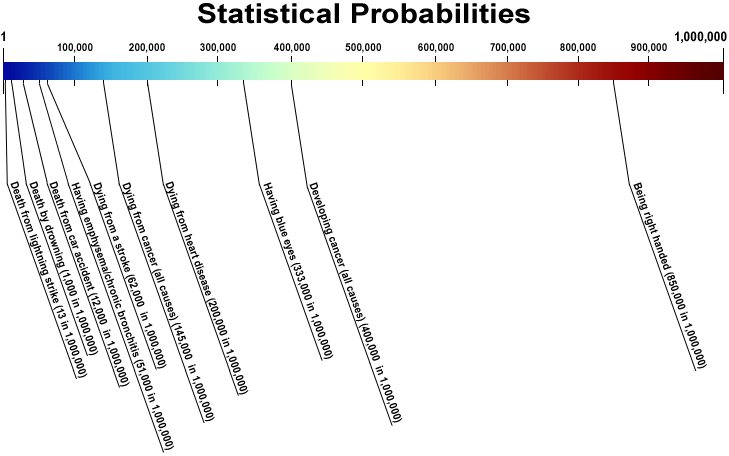It is the Air Toxics Program’s goal to arm the public with information about risks from exposure to air toxics, so that residents are better able to make more informed decisions about their health and participate in decisions that may affect their community. IDEM’s air risk staff works to communicate the complete findings of air risk assessments. This includes helping residents understand the accuracy of studies and put particular risks in perspective.
Variables in Assessments
Due to variables and unknown factors, it is impossible to accurately estimate risk. Estimating health risks and environmental effects from air toxics is a complicated process which involves collecting and verifying data using approved methods and applying risk factors to determine the likelihood of a health effect. The agency takes field samples and assesses chemical concentrations, evaluates how people may be exposed to the chemicals, assesses toxicity, and calculates numerical results that represent probability of cancer development.
When available, data from human exposure is used to estimate risk. In many cases, however, scientists do not have all of the details on actual exposures or how a chemical harms human health. Dose-response factors, or toxicity, are based on studies done on animals or cells, not actual human exposure. Also, risk estimations sometimes use computer models to calculate the effects of chemical exposure when actual studies are not available.
Additionally, results from different studies are not always consistent. When this happens, IDEM uses a health-protective assumption to prevent from underestimating risk. This means that, when faced with two equally scientifically defensible inputs during risk estimations, IDEM selects the input that is more protective of human health to provide a margin of safety in health protection.
Putting Risks in Perspective
Air risk assessments only explain one part of an individual's total risk, which is the level of increased risk from exposure to air toxics. IDEM’s air risk assessments leave out other risk factors such as genetics, diet, personal habits, and lifestyle choices. For example, air risk assessments do not factor in exposure to common household cleaners, which may contain chemicals that increase acute, chronic and cancer risk. IDEM’s air risk staff does not evaluate data on smoking, which dramatically increases cancer risk, or exercise, which can decrease cancer risk. Remember that the increased risk from air toxics is one of many factors that may increase cancer risk.
Statistical Probabilities
Risk characterizations use statistics to determine which chemicals pose the highest risks. The numerical results represent an estimated probability, similar to the probability of a coin landing heads up (a one in two chance). For example, a chemical in the air may pose a one in a million risk of cancer to a person (if one million people breathed that air for 70 years, most likely no more than one of them would develop cancer from that chemical exposure), although hundreds of thousands will develop cancer from various other causes.
Scientists, governments and citizens use statistics to make decisions. For example, statistics on groups who are most at risk from the flu guide scientists and regulators in managing the distribution of flu vaccines during a vaccine shortage. Statistically, children and the elderly have the greatest risk of death from contracting the flu, so vaccines are reserved for them. Scientists compile statistics from risk assessments concerning many different types of public health hazards, which help governments, businesses and citizens prioritize efforts to reduce overall risk.
The chart below illustrates how statistics are used and helps put risk into perspective. For example, the statistical risk of dying in a car accident in a lifetime is 1 in 85 (12,000 in 1,000,000). A person commuting a long way to work, who would be driving more than the average driver, would expect their actual risk of dying in a car accident to be higher than 1 in 85, on the other hand a person who rides the subway to work instead of driving would have a lower risk. In the same way, the exact risks from chemical exposure are hard to predict given the number of variables used in the assessments.

